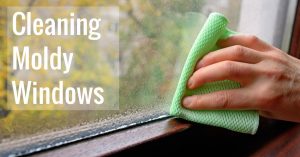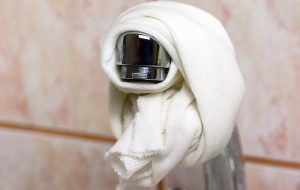Houses of all ages can suffer damp problems, but the most affected are the old ones (over 20-30 years old) or the first floor of most apartment buildings. The presence of an increased number of water molecules in the air may contribute to dampness and mold growth. A wet microclimate can affect your immunity badly and cause serious chronic diseases, especially if you live in high humidity areas.
In order to prevent dampness in your house in the future, you need to address this issue right away.
The two main reasons for dampness are:
-
A barrier prevents moisture from escaping
-
Water is getting in
Another thing you should consider is that your lifestyle is causing condensation and possibly mold to build up inside your home.
Three simple steps to prevent dampness in your house:
-
Ventilate Your Home Properly
-
Get a dehumidifier
-
Maintain a mold-free environment
How To Remove The Effects Of Dampness: Mold?

Depending on the size of the mold patch and its location, you can use different treatment methods. The following tips, however, should be taken into consideration:
1. Begin by wiping down the infected area with a damp cloth.
2. Next, spray bleach onto the mold, and leave for a few minutes to treat the problem.
3. Wash the area down with water, using the cloth to work off stubborn marks if necessary.
4. You can repeat the above steps until the mold is gone, but don’t rub too hard or you’ll cause further damage.
5. Any waste material should be disposed of in a bin bag, keeping it away from children and animals. Once the mold has been removed, hoover the area to get rid of any remaining bits.
6. All contaminated clothes should be washed immediately, keeping them separate from other items.
How To Remove Dampness?

The most effective way to get rid of dampness is to install a dehumidifier or other heating devices that help to rapidly dehumidify the air.
In addition to these modern methods you can also try the following folk solutions for removing dampness indoors:
Use salt or sugar. Using a significant amount of powder on a rag and then applying it to the site of injury, you will notice some moisture being absorbed by the crystals. The method is suitable for the elimination of small damp areas, with a diameter of up to 1-2 inches.
Use a mild solution of potassium permanganate. Ensure that you wipe all areas that could accumulate large amounts of moisture.
Frequent airing of the room. Bringing fresh air into the room ensures natural circulation and helps to remove some moisture from the home.










